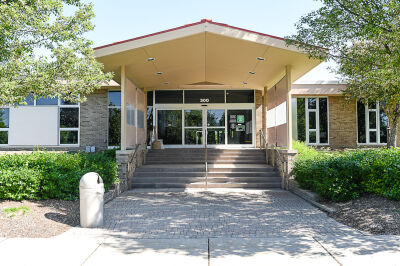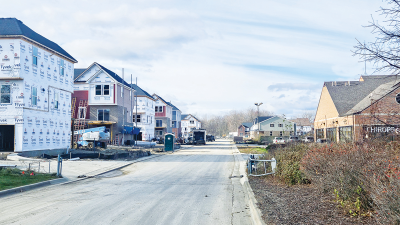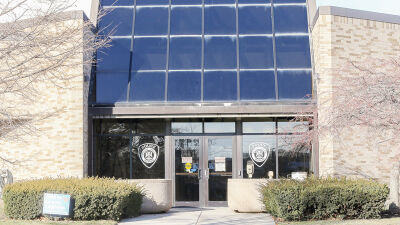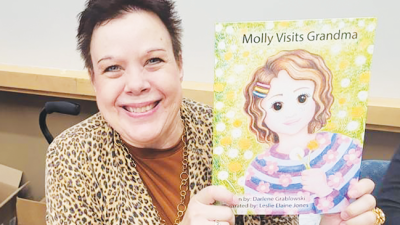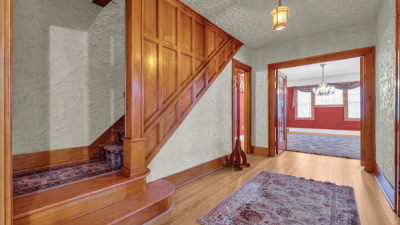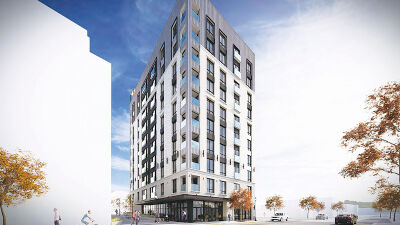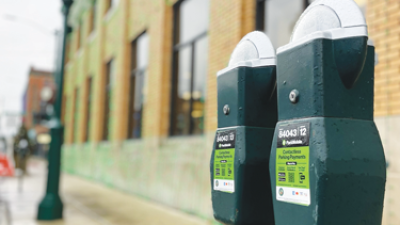MADISON HEIGHTS — The city of Madison Heights is currently updating its zoning ordinance — the document that guides land use — while also working toward a special status through the state that would provide access to new resources for growth.
In the 2020-21 fiscal year, the city’s Community and Economic Development Department began working with the Michigan Economic Development Corp., or MEDC, to gain recognition as a Redevelopment Ready Community, or RRC. The program provides funding to implement best practices for economic development, planning and zoning across the state.
This year, the city has budgeted to address three areas as part of the program, including a zoning ordinance update to make it more user-friendly with new and improved standards; training for the Zoning Board of Appeals and Planning Commission, so they can better fulfill their roles; and the creation of a formal plan for economic development and marketing the city.
The work is mostly being handled in-house at the city, at no additional cost, except for the zoning ordinance update, which costs $55,000, offset by a $30,000 MEDC grant.
Madison Heights already has “Essentials” status through the RRC program. If it can also achieve the higher “Certified” status, it will have access to additional services at the MEDC, and will be eligible to apply for grants for community development projects. City officials anticipate that “Certified” status will follow shortly after the zoning ordinance update is complete.
In applying for certification, an RRC specialist reviews and evaluates the community’s existing development tools and policies, and offers a road map for improving them.
“RRC best practices aim to help communities both attract new development opportunities, and more importantly, to retain and grow existing businesses,” said Melissa Marsh, the city manager of Madison Heights, via email.
Those best practices include designating priority redevelopment sites through site packaging and marketing efforts; streamlining and simplifying development review and approval processes; and modernizing zoning and development regulations.
“For example, a local business owner may have a great idea for a modern building expansion, but may be hesitant to spend money given unpredictable and lengthy review processes, expensive review costs, and confusing zoning regulations,” Marsh said.
“An RRC-certified community has demonstrated to the MEDC that the municipality has clear and efficient review processes, predictable and easy-to-understand development regulations, and accessible and friendly staff available to guide the business owner through the project.”
Updating the zoning ordinance
But first, the city is overhauling its zoning ordinance. To this end, Madison Heights has contracted McKenna & Associates to refresh a document that has been amended and patched up in piecemeal fashion since its initial adoption in the early 1970s.
In its current form, the ordinance contains outdated language that can be difficult to interpret and administer. It also struggles with a number of contradicting regulations, and standards that simply don’t address modern development trends.
“All of this, in combination, can have the effect of scaring away potential development and redevelopment,” Marsh explained. “With a new zoning ordinance, Madison Heights hopes to encourage exciting developments and redevelopments that are both innovative within the region and compatible with existing neighborhoods.”
She said that readability will be crucial, with crisp graphics, illustrations and information tables to help business owners, property owners and developers have a clear understanding of what falls within the city’s vision for growth.
Public feedback is also being taken into account. An Aug. 24 meeting solicited thoughts from residents and business owners on what they want to see in the new zoning ordinance.
Roslyn Grafstein, the mayor of Madison Heights, said it was a valuable experience.
“We had members of the public, as well as council and board members, sharing ideas on what different areas in the city may look like over the next few decades,” Grafstein said via email.
The mayor highlighted suggestions such as widening sidewalks and repurposing the large berms to better accommodate bicycles and other nonmotorized modes of transportation, while not impeding regular traffic flow in the city’s downtown district. There was also talk of new provisions that would help facilitate the development of low, multistory and mixed-use structures, as well as less stringent parking requirements.
“Everyone seemed to agree that we need to keep green space, and one specific thought was to have functional rooftop areas for gardens,” Grafstein said. “Having balconies visible from the streets showing everyday life can also add to the vibrancy and comfort of mixing apartment-style homes within a commercial area.”
Prior to the meeting, Madison Heights City Councilman Mark Bliss said the city has been making a proactive effort for five years now to prioritize economic development.
“Not just any development, either, but a focus on attracting businesses that fill a real need for the community,” Bliss said in an email. “Millions upon millions of dollars have already been invested into our city since we started all those years ago, but there’s still a ton of work to do. We’ve doubled the amount of Planning Commission meetings so that we can better define what the future of the city should be, and create the ordinance revisions necessary to drive that change.”
The mayor said she has been informally meeting with developers and potential investors about opportunities in Madison Heights during the last couple of years.
“As I continue to meet with outside investors who want to build here and be a vibrant part of our community, we need to turn our focus to identifying underutilized properties and how we can further incentivize their owners to work with interested developers to bring in new businesses,” Grafstein said.
“Many of the residents I talk with are looking for smaller mom-and-pop-type businesses that provide a place they can walk to for small purchases and browsing,” she continued. “It’s a matter of finding the right balance of being small enough to continue the sense of community feeling, while being large enough to be financially attractive to outside investors.”
Bliss added: “From our staff to our boards and City Council, we’re all focused on leveraging our zoning and city ordinances to encourage the right kind of development, and redevelopment, for our citizens.”
 Publication select ▼
Publication select ▼